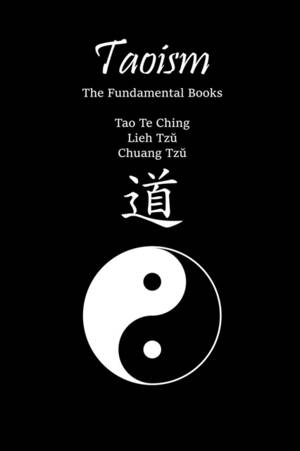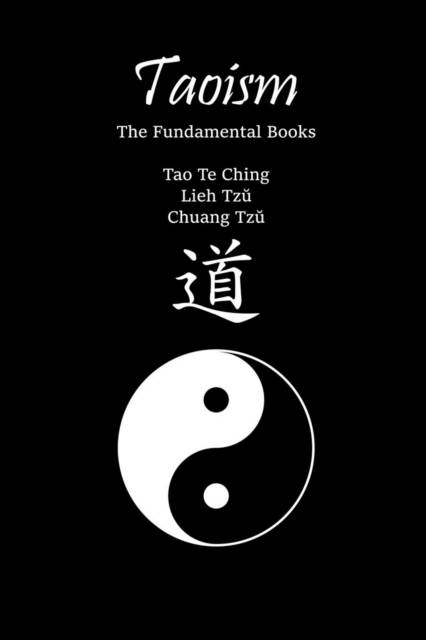
- Afhalen na 1 uur in een winkel met voorraad
- Gratis thuislevering in België vanaf € 30
- Ruim aanbod met 7 miljoen producten
- Afhalen na 1 uur in een winkel met voorraad
- Gratis thuislevering in België vanaf € 30
- Ruim aanbod met 7 miljoen producten
Zoeken
Omschrijving
This book brings the three main books of the Taoist tradition: Tao Te Ching, Lieh Tzŭ, and Chuang Tzŭ, translated by the great sinologists James Legge, Lionel Giles, and Herbert A. Giles. The introduction will contextualize the works for you, explaining from the influence of Taoism in the West to the main concepts of the Taoist tradition. Tao Te Ching:
Probably the most important book in Chinese philosophy alongside Confucian Analects, Tao Te Ching, popularly translated as Book of the Way and Virtue, written around the 6th century BC by Lao Tzŭ, is the fundamental book of of Taoism. Although it has only 81 brief chapters, it ranges from personal relationships to politics. This is the the most translated book in the world after the Bible. The translation presented here is the translation of early sinologist James Legge. The Book of Lieh Tzŭ
The third book from Taoism in relevance, behind Tao Te Ching and Chuang Tzŭ only, often highlighted by its practical aspects, Lieh Tzŭ is both entertaining and enlightening, giving the reader positive reflections on life and death. The book is believed to have been compiled around the 4th century BC. The translation presented here is made by the sinologist Lionel Giles, son of the great sinologist Herbert A. Giles, creator of the Wade-Giles system. Chuang Tzŭ
The most important Taoist book after Tao Te Ching, Chuang Tzŭ, written around the 3rd century BC, presents us with profound reflections, from our own conscience, as in the case of the butterfly dream, to politics, which is extensively discussed by the author. The translation presented here is made by the sinologist Herbert Allen Giles.
Probably the most important book in Chinese philosophy alongside Confucian Analects, Tao Te Ching, popularly translated as Book of the Way and Virtue, written around the 6th century BC by Lao Tzŭ, is the fundamental book of of Taoism. Although it has only 81 brief chapters, it ranges from personal relationships to politics. This is the the most translated book in the world after the Bible. The translation presented here is the translation of early sinologist James Legge. The Book of Lieh Tzŭ
The third book from Taoism in relevance, behind Tao Te Ching and Chuang Tzŭ only, often highlighted by its practical aspects, Lieh Tzŭ is both entertaining and enlightening, giving the reader positive reflections on life and death. The book is believed to have been compiled around the 4th century BC. The translation presented here is made by the sinologist Lionel Giles, son of the great sinologist Herbert A. Giles, creator of the Wade-Giles system. Chuang Tzŭ
The most important Taoist book after Tao Te Ching, Chuang Tzŭ, written around the 3rd century BC, presents us with profound reflections, from our own conscience, as in the case of the butterfly dream, to politics, which is extensively discussed by the author. The translation presented here is made by the sinologist Herbert Allen Giles.
Specificaties
Betrokkenen
- Auteur(s):
- Uitgeverij:
Inhoud
- Aantal bladzijden:
- 364
- Taal:
- Engels
Eigenschappen
- Productcode (EAN):
- 9798530166501
- Verschijningsdatum:
- 3/07/2021
- Uitvoering:
- Paperback
- Formaat:
- Trade paperback (VS)
- Afmetingen:
- 152 mm x 229 mm
- Gewicht:
- 485 g

Alleen bij Standaard Boekhandel
+ 41 punten op je klantenkaart van Standaard Boekhandel
Beoordelingen
We publiceren alleen reviews die voldoen aan de voorwaarden voor reviews. Bekijk onze voorwaarden voor reviews.











